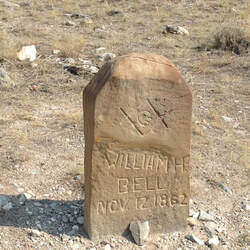
Numbers. The white migration into Montana and the Dakotas knew no borders. At the end of the Civil War, this population movement soon became more sudden and definitive than the tribal migrations of the Goths or the Vandals. The East, having succumbed to a racialized politico-military convulsion and the economic and moral collapse of the defeated Confederacy, spontaneously vomited war across the full length of its frontier. Desperados, outlaws, treasure seekers and failed men of every description, along with madly optimistic immigrants, sometimes whole families, swarmed west. To some extent territorial seizure was regulated by U.S. cavalry units left over from the butchery in the East, but the invasion itself was composed of civilian hordes; the professional cavalry were the wagging tail of this mass migration.
By no means were all the newcomers land seekers, and many did not intend to stay in the West. Many were seeking treasure in the ground, while others were seeking their treasure at gunpoint on the road from the mines. Thus Bannack, a very salty hellhole in its day—so disorderly that some of the details of its history are composed of conflicting accounts.
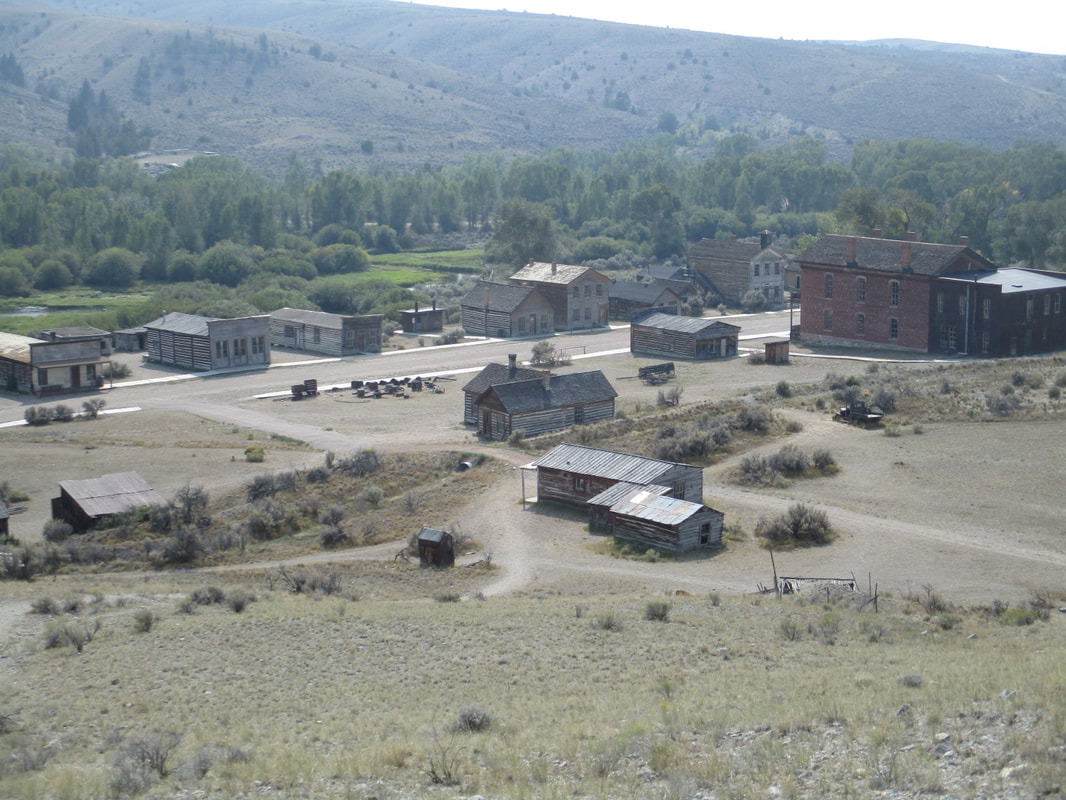
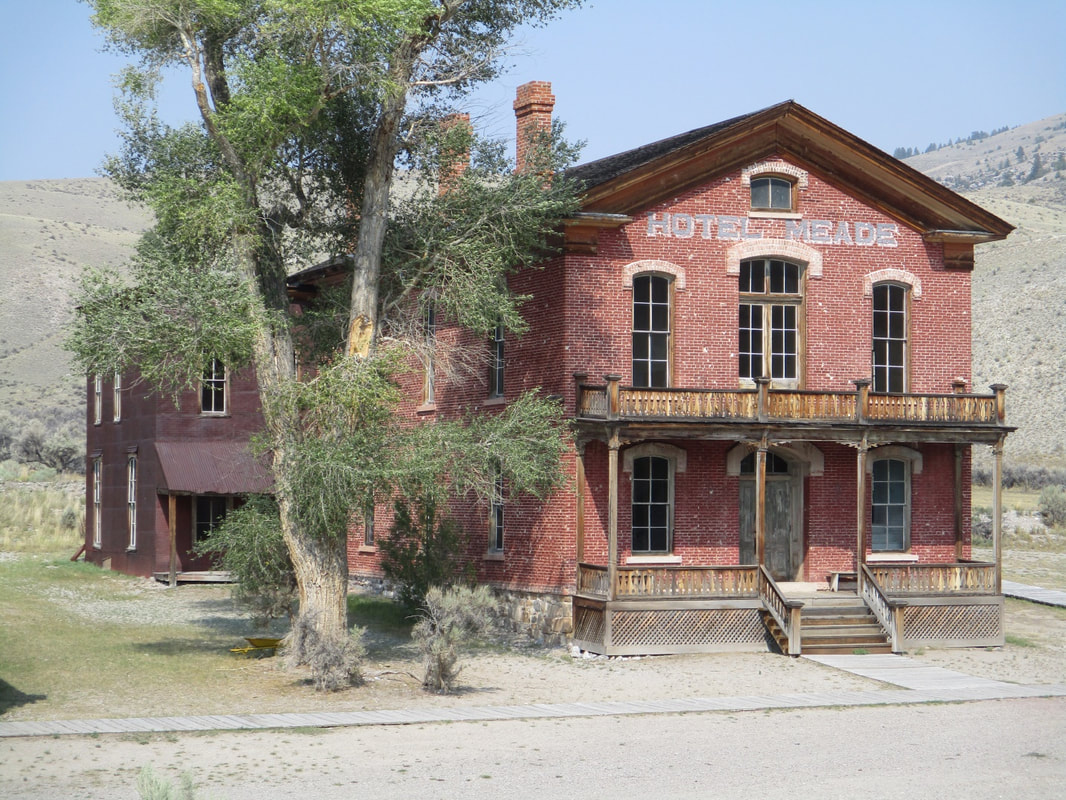
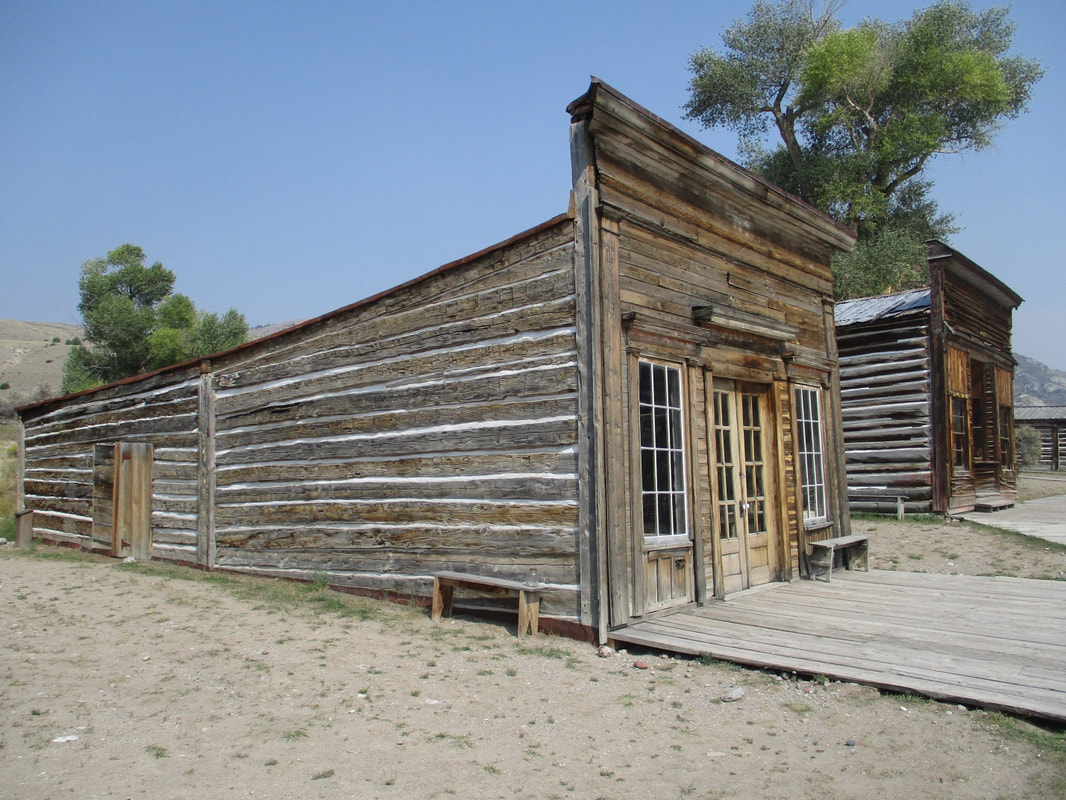
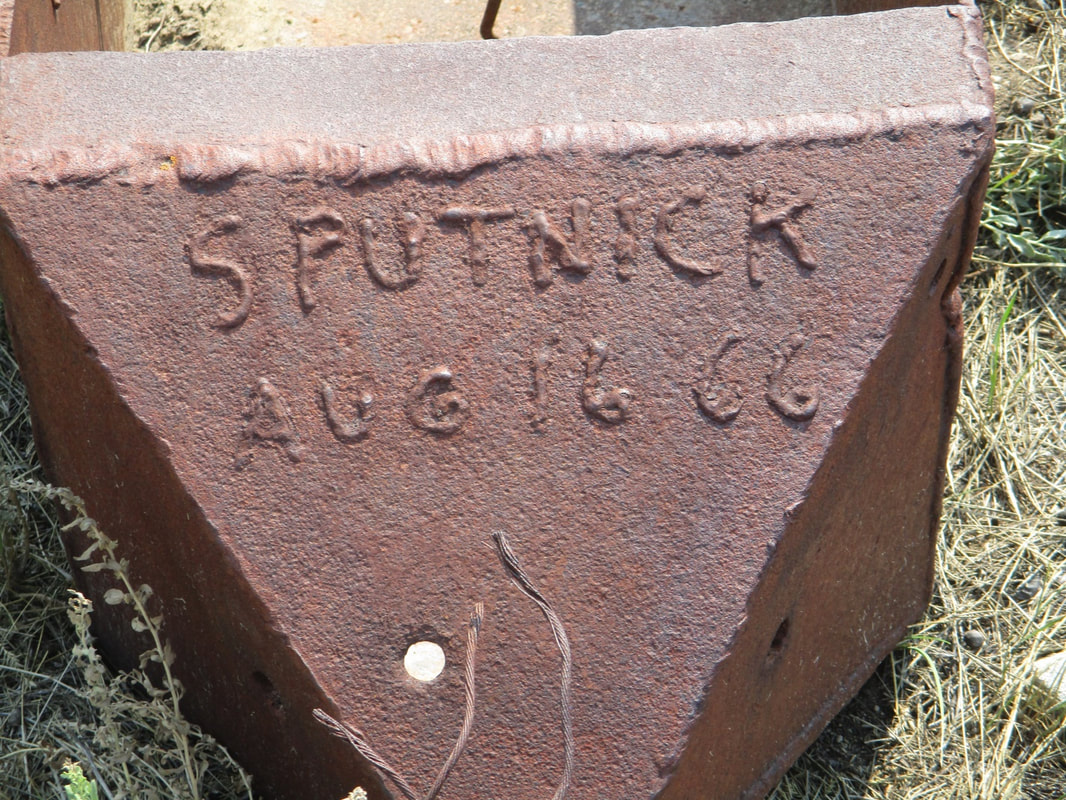
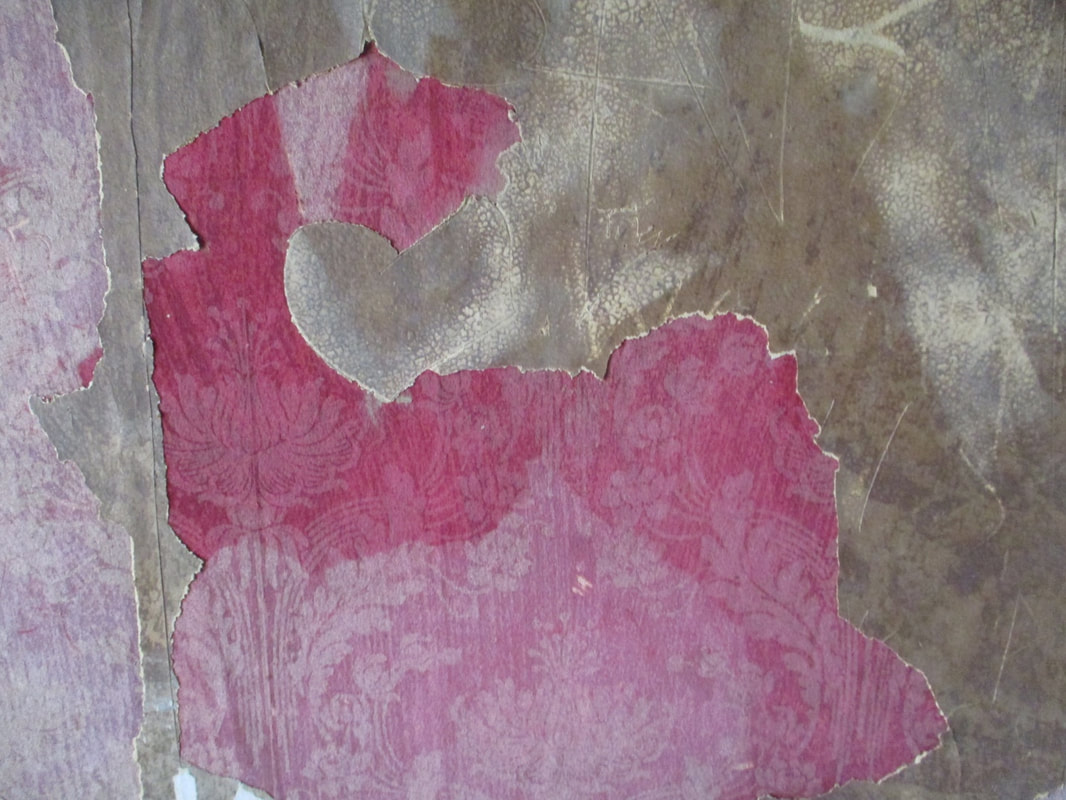
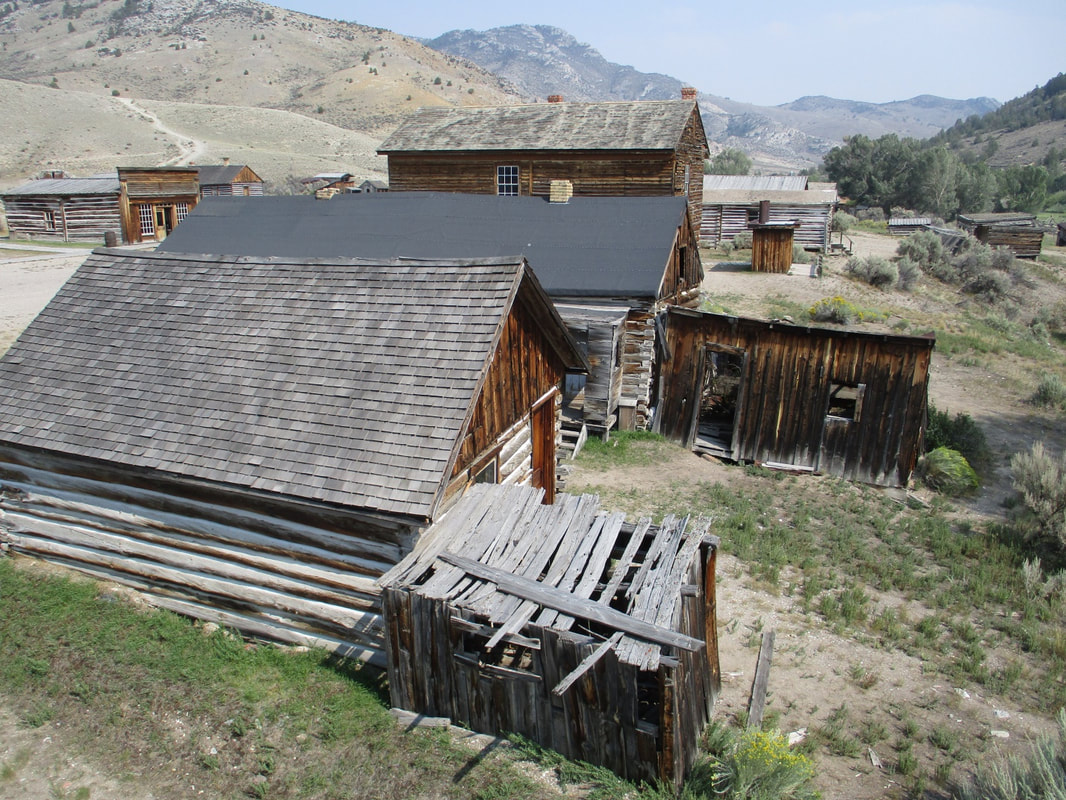
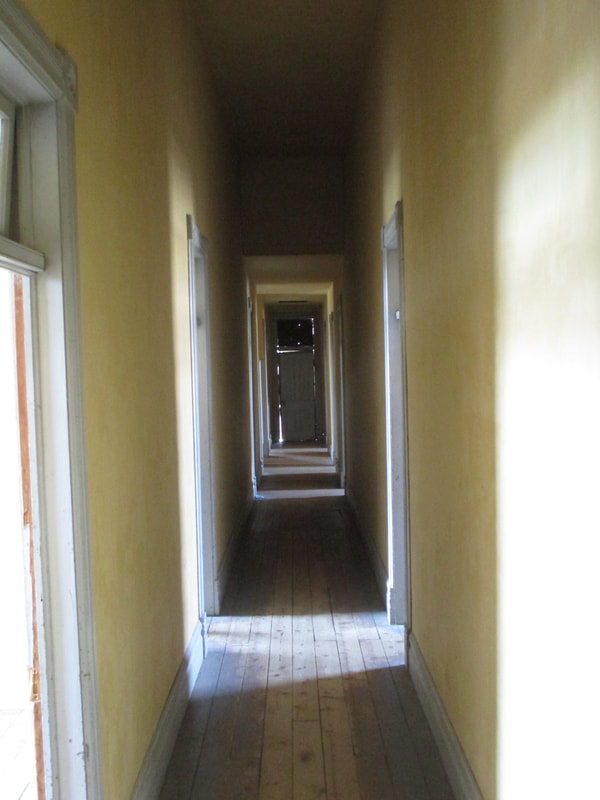
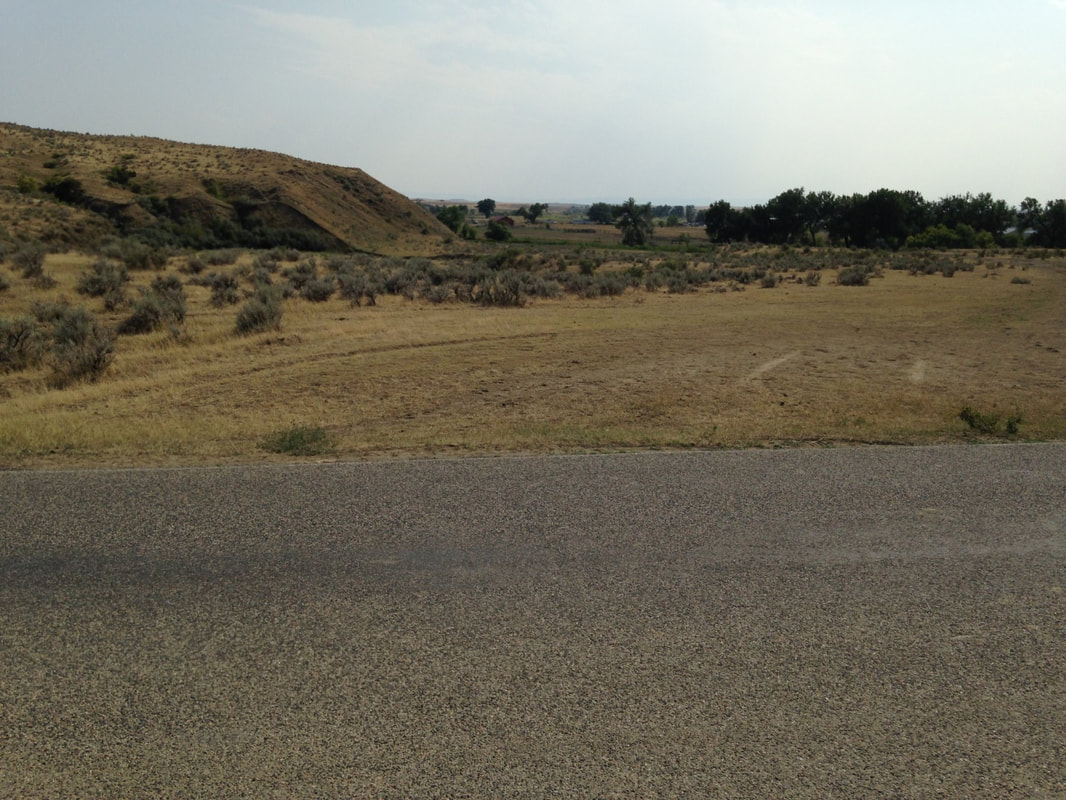
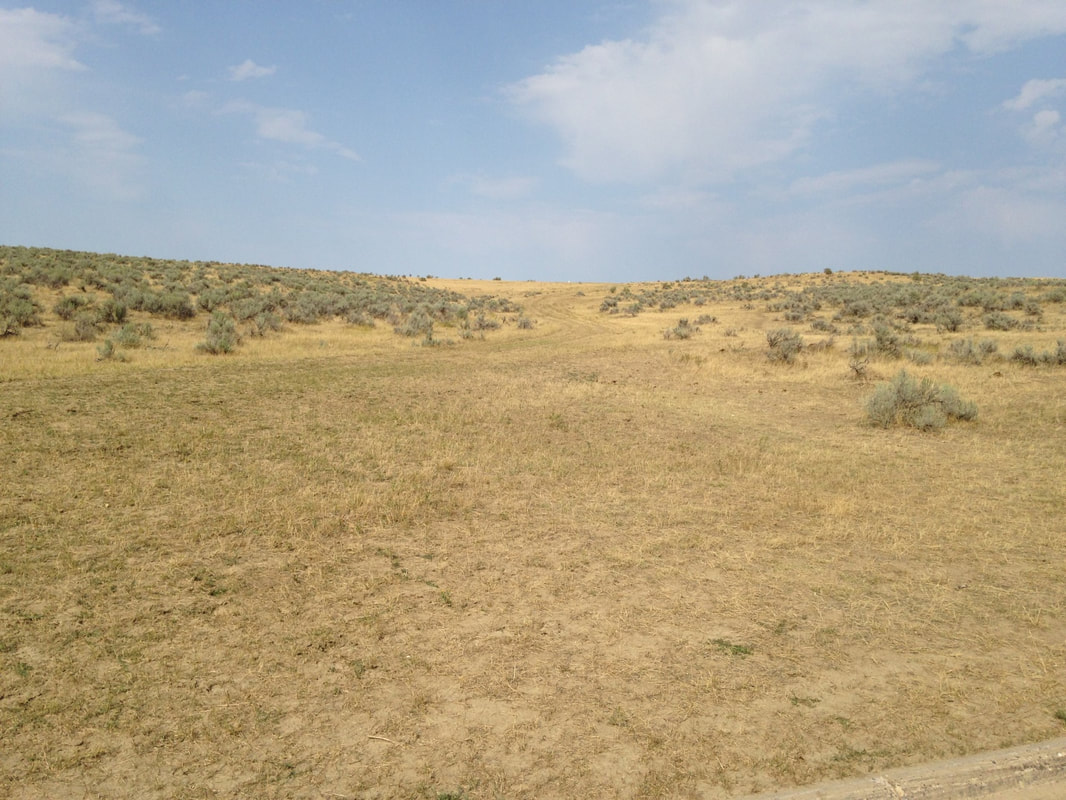
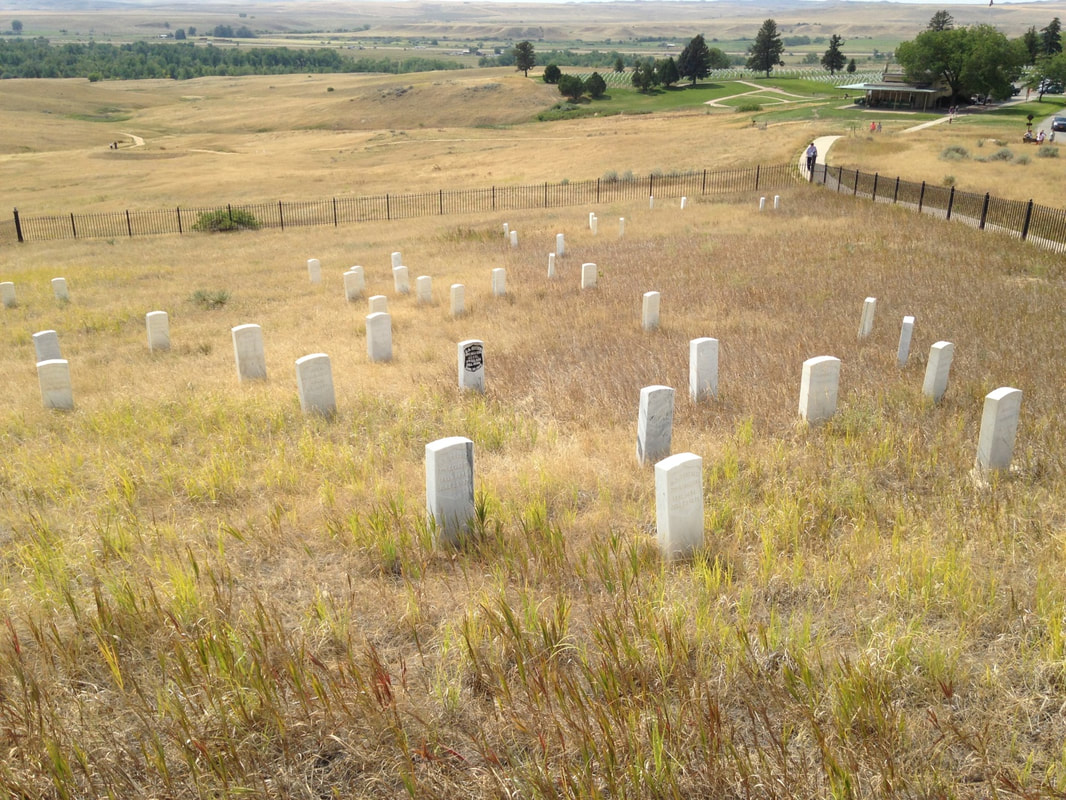
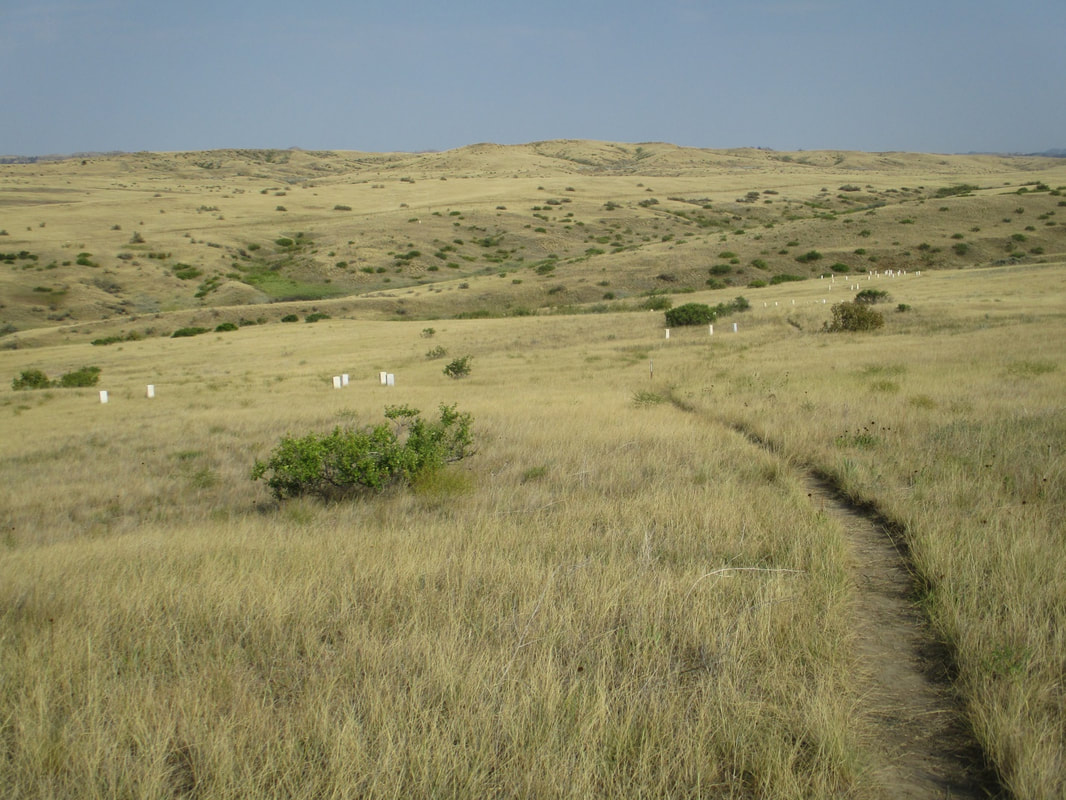
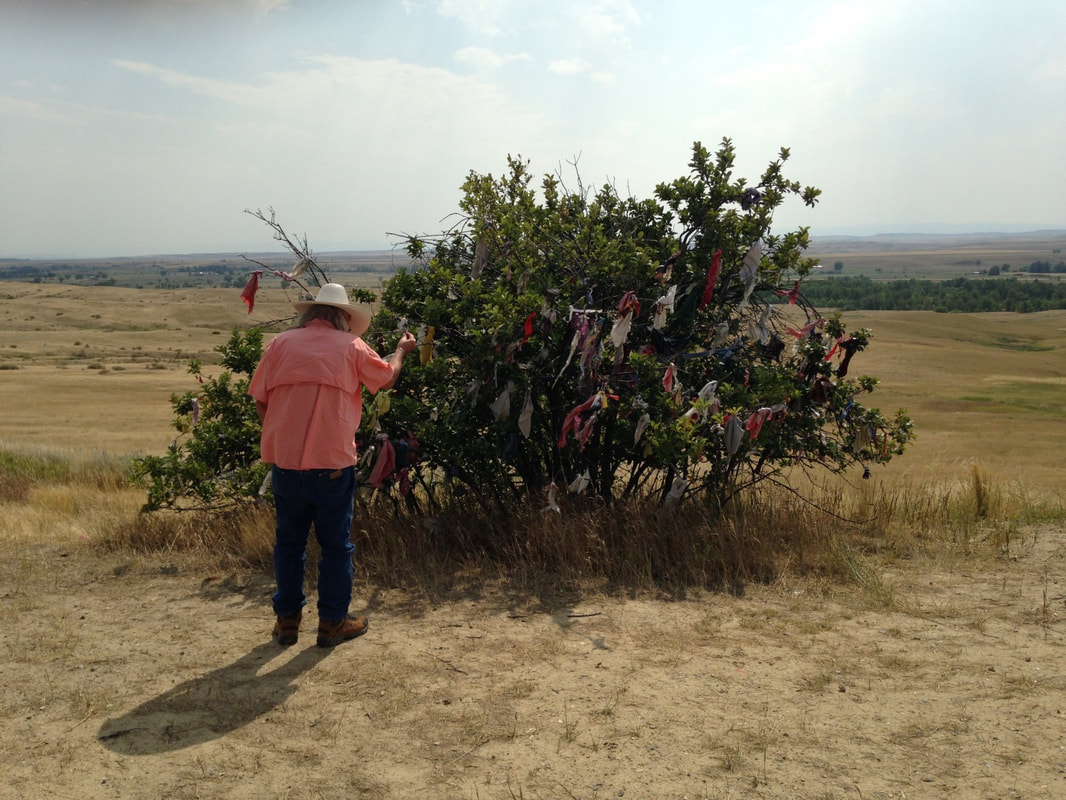
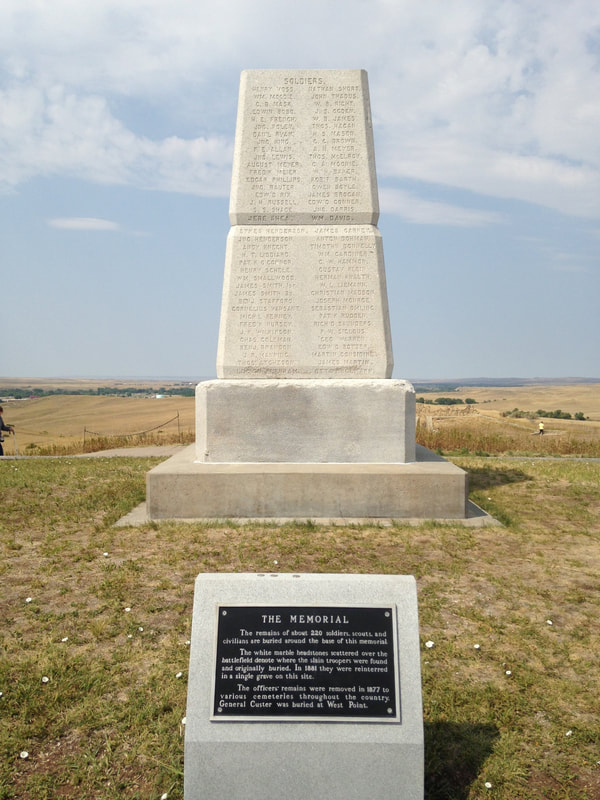

 RSS Feed
RSS Feed